- History / Culture
- Experiences
The Birthplace of Incense Culture in Japan: Ei Area, Awaji Island
Contributor : Kristina
One of Japan's most iconic fragrances is the delicate aroma of senko (Japanese incense sticks), cherished since the Edo period (1603-1868). Initially associated with religious ceremonies, incense sticks have become a part of daily life, offering tranquility and relaxation in homes across Japan. But did you know that the birthplace of Japan’s incense culture is on an island in Hyogo Prefecture? Welcome to Awajishima, where the delicate art of incense-making began and continues to thrive today.
How to Access Awajishima from Kobe or Osaka
The best way to explore Awajishima is by renting a car, which allows you to visit various sites at your own pace. Those without a car can take a direct highway bus from Kobe’s Sannomiya Station (About 30 minutes by train from Osaka Station to Sannomiya station). The journey to the island takes about 1 hour and costs 1,650 yen. Once on the island, taxis or local buses can help you reach your destinations. Find more information on the official website.
Awajishima: Japan’s Incense Capital
While incense is an integral part of Japanese culture, few know that Awajishima, located just off the coast of Kobe, is Japan's leading producer. The Ei district in Awaji City is known as the birthplace of this tradition, where the art of incense-making has been perfected over generations. Over 50% of Japan's incense is produced here today, making it a true "Island of Fragrance."
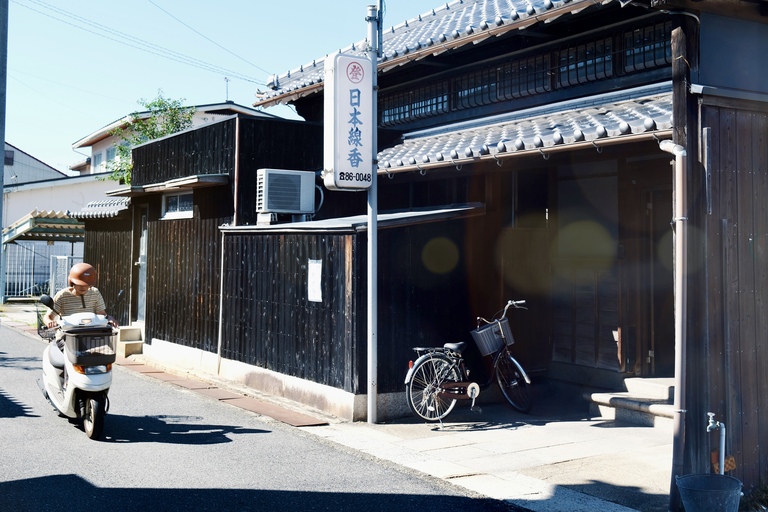
In the retro streets of the Ei district, the breeze carries the aroma of incense
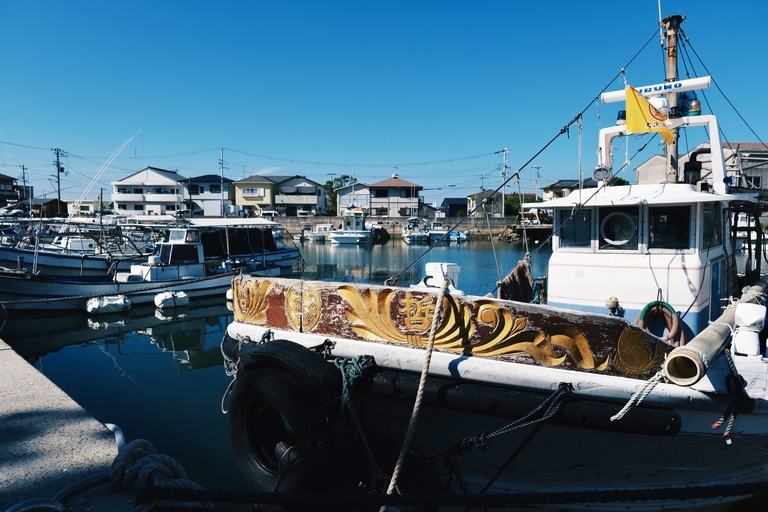
Yacht harbor in Ei
Strolling through the streets of Ei, you’ll notice the soothing scent of incense carried by the sea breeze, creating a peaceful ambiance. Awajishima’s unique climate and geography, with its steady winds from the Seto Inland Sea, provide ideal conditions for drying incense naturally. Combined with centuries-old craftsmanship, this microclimate has cemented Awajishima’s status as the heart of Japan’s incense industry.
Kareki Shrine: The Birthplace of Japan’s Incense Tradition
Kareki Shrine is an important spot when talking about the history of fragrance on Awaji Island.
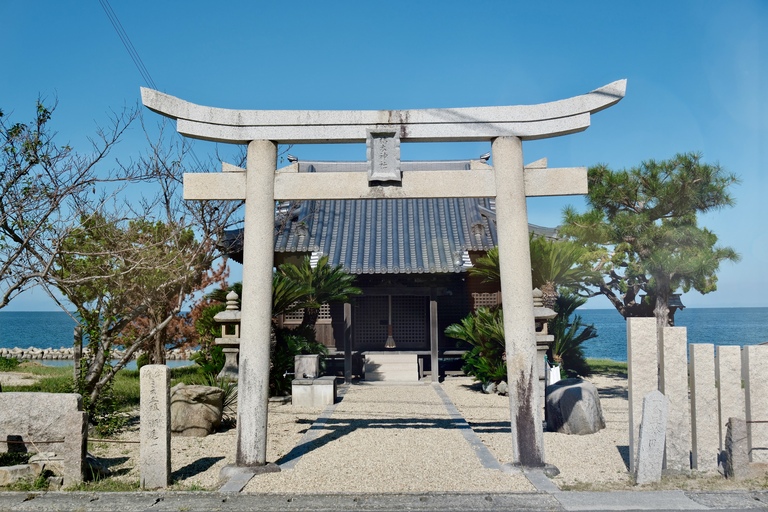
Kareki Shrine and the blue waters of Awajishima
According to the Nihon Shoki, Japan’s oldest historical record, an extraordinary event occurred in 595 AD during the reign of Empress Suiko. A large piece of fragrant agarwood (jinko) drifted ashore, and unaware of its value, the locals burned it. To their amazement, it released a captivating aroma that filled the air.Later, the fragrant wood was presented to the imperial court and is said to have been used by Prince Shotoku as material for creating a statue of Kannon, the Bodhisattva of Compassion.
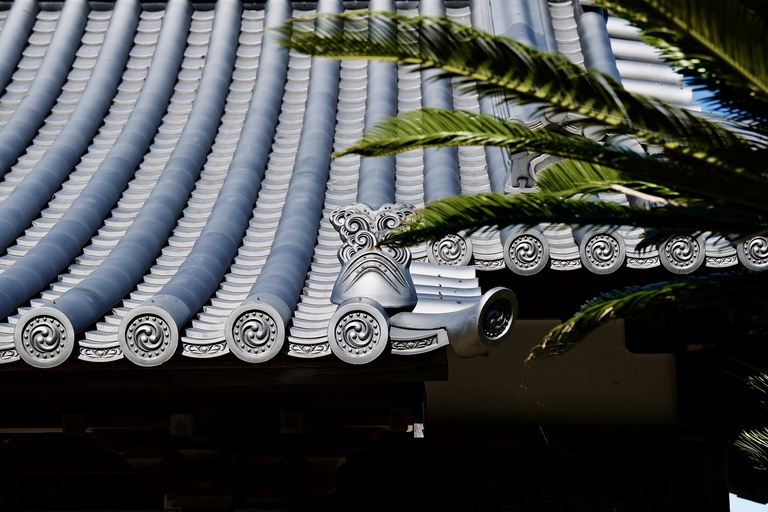
Wave patterns are used in the decoration of the shrine
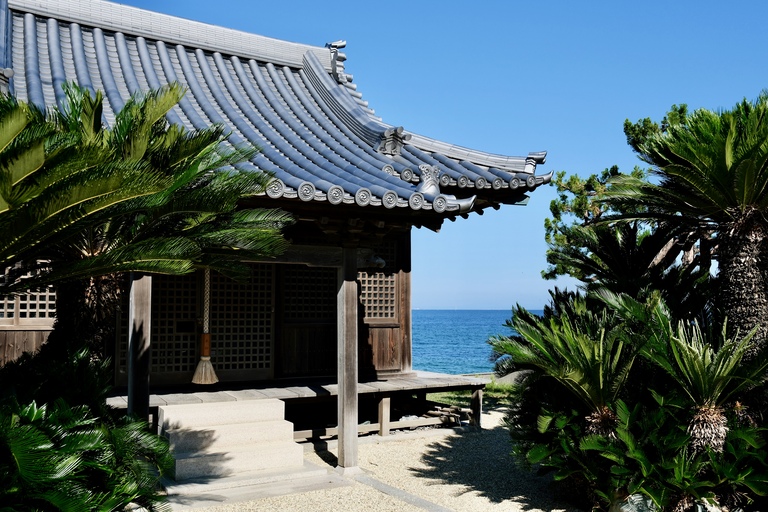
Small but beautiful Kareki Shrine
Today, this legendary wood is enshrined at Kareki Shrine and is cherished by the local community. Although small, the shrine's coastal location offers stunning sea views, making it an ideal spot for quiet reflection and a deeper connection with nature.
Crafting Incense at Awaji Baikundou Ei Factory
Incense-making in Awajishima is not just a tradition. It’s an art form perfected over centuries. The island is home to master incense artisans, known as koji, who dedicate their lives to preserving this delicate craft. A short drive from Kareki Shrine, you’ll find the historic Awaji Baikundou Ei Factory, producing incense since 1905.
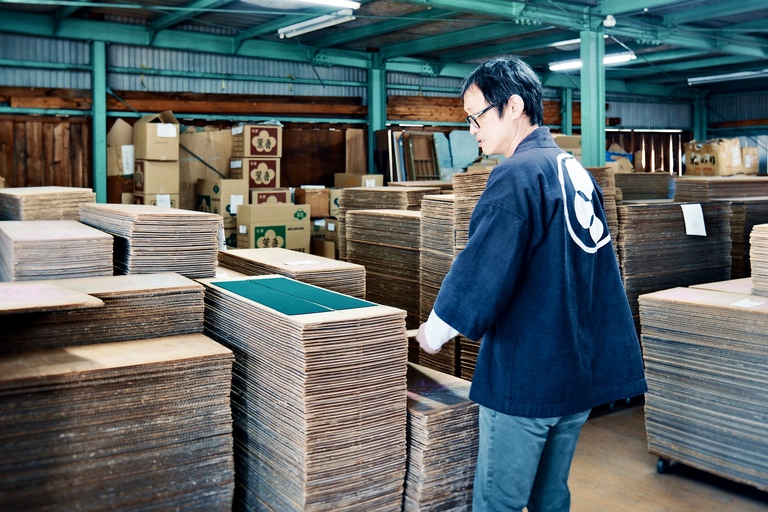
Fourth-generation master Takayuki Yano explaining the crafting of senko (incense sticks)
During my visit, I observed the intricate process of crafting senko (incense sticks) and even tried my hand at some tasks under the guidance of fourth-generation master Takayuki Yano. Seeing the required expertise level was humbling, highlighting how generations of craftsmanship have elevated this process into an art form.
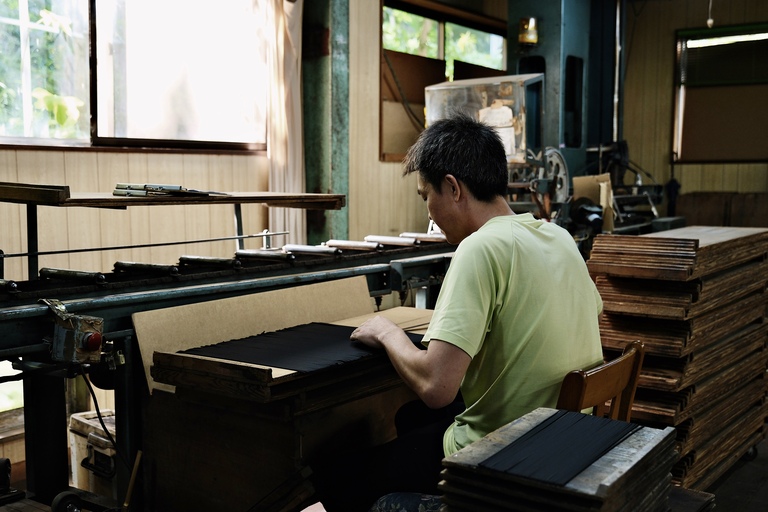
It takes a lot of attention to craft even a single stick !
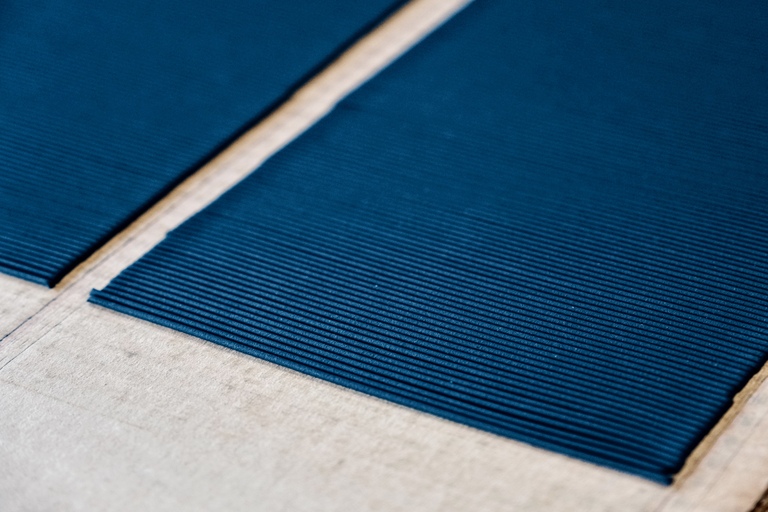
Perfection in the making
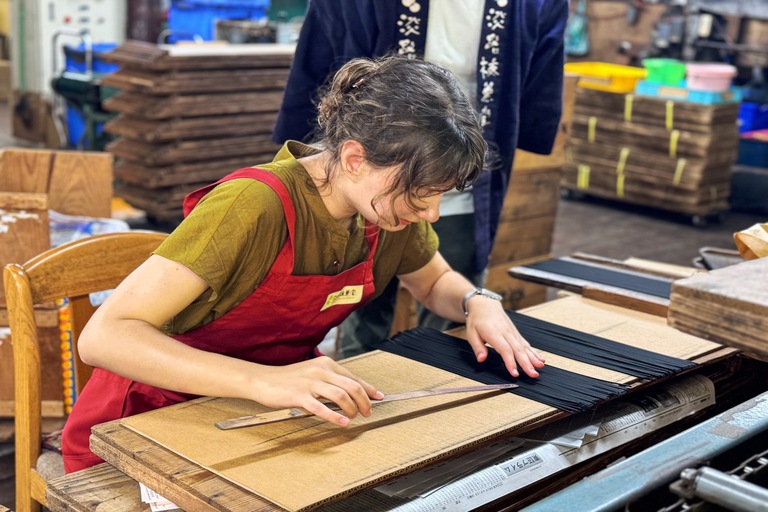
Trying to master the process of making senko - it was super hard !
Visitors can also participate in hands-on workshops to create their fragrant treasures, such as the nioibukuro (fragrance pouch). These pouches, used in Japan for centuries, are tucked into kimono sleeves or hung in rooms to enjoy a subtle, long-lasting scent. Filled with a blend of fragrant herbs, woods, and incense powders, a nioibukuro can maintain its aroma for weeks or even months.
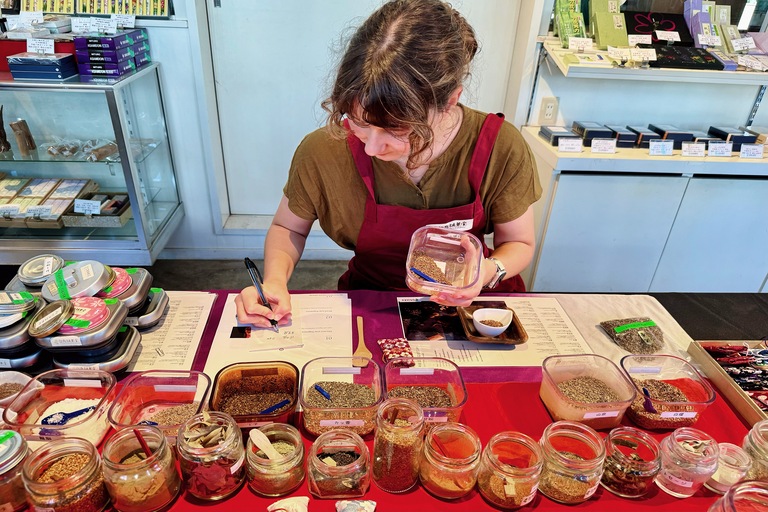
Blends of fragrant herbs, woods, and incense powders to create a "nioibukuro"
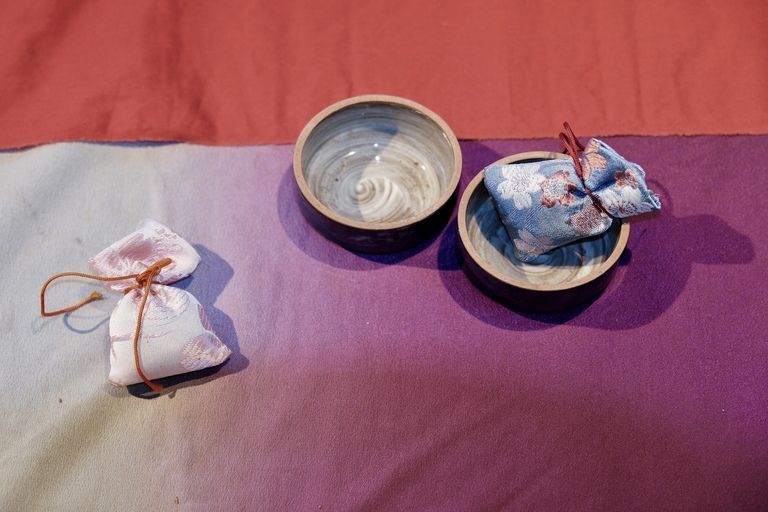
Fragrance pouch, Nioibukuro
During the workshop, I had the chance to experiment with crafting my unique blend. With ingredients like sandalwood (byakudan), agarwood (jinko), and various floral and herbal scents available, the combinations felt endless. Mixing and placing them into a beautifully designed fabric pouch was a delightful experience. By the end of the day, the fragrance from my pouch had infused my bag, a wonderful reminder of my time at the factory. What a memorable day!
If you’d like to experience incense-making and nioibukuro-making first hand, you can book a visit to Awaji Baikundou Ei Factory by phone or email. Here’s how to reach them:
● Phone: (0799) 86-0065
● Email: awaji-baikundo@iris.eonet.ne.jp
Please note that English-speaking staff may not always be available, so having someone who speaks Japanese is helpful when making your reservation.
A Modern Connection to Ancient Traditions
While incense was traditionally used for religious ceremonies, its role has expanded in modern Japan. People now incorporate incense into their daily lives to create a sense of calm, enhance meditation, or add a pleasant fragrance to their homes. From the serene temples of Kyoto to contemporary homes in the urban city, incense remains an essential part of Japanese culture.
This connection between tradition and modernity is also evident in a repurposed space known as ei-to, a creative facility within the old Ei Elementary School. Once a place where children learn and grow, it now serves as a hub for artisans and forward-thinking individuals passionate about sustainable craftsmanship.

Old Ei Elementary School has been repurposed into a modern space
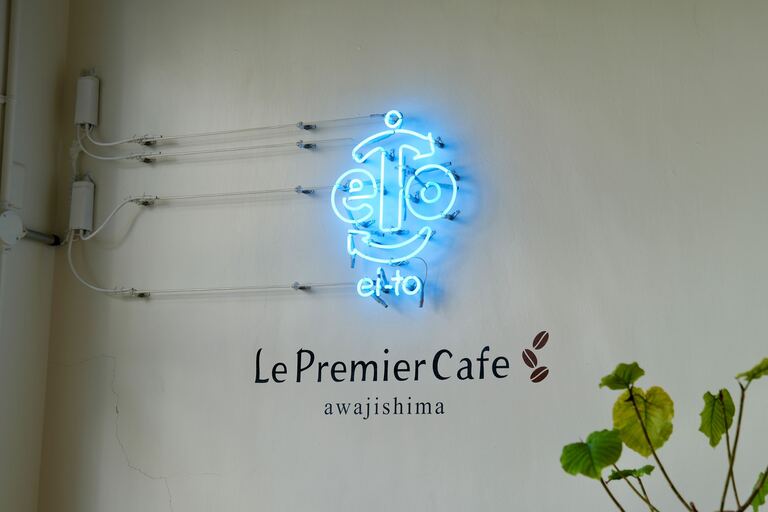
The neon logo sign of "ei-to"
The name "ei-to" carries dual significance—it references the school’s original location in Ei Town. It also plays on the number eight, a symbol of prosperity and continuity in Japanese culture. Inspired by the school’s crest, the logo symbolizes this new chapter in its history.
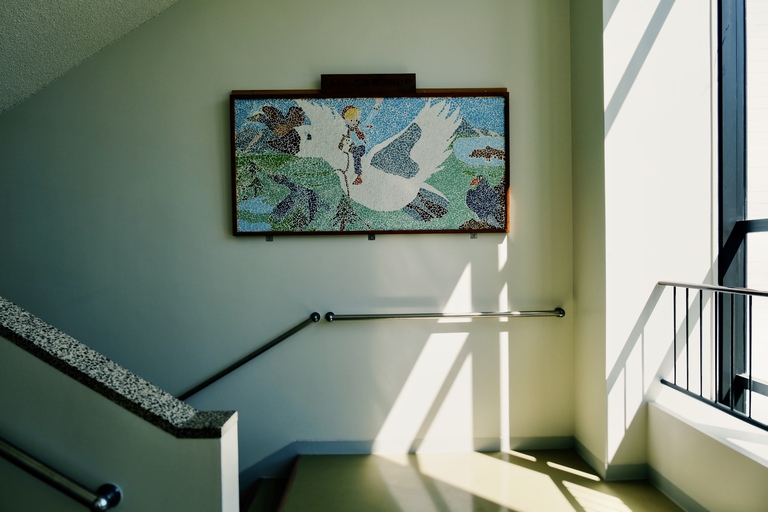
Retro wall of the old Ei Elementary School
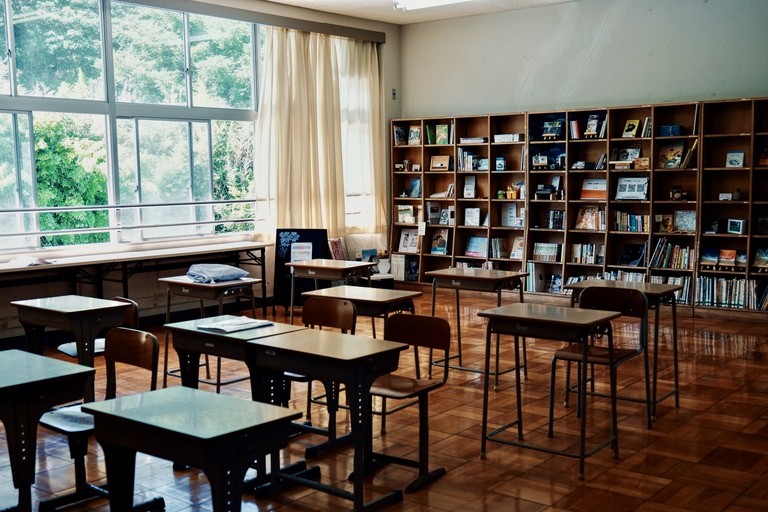
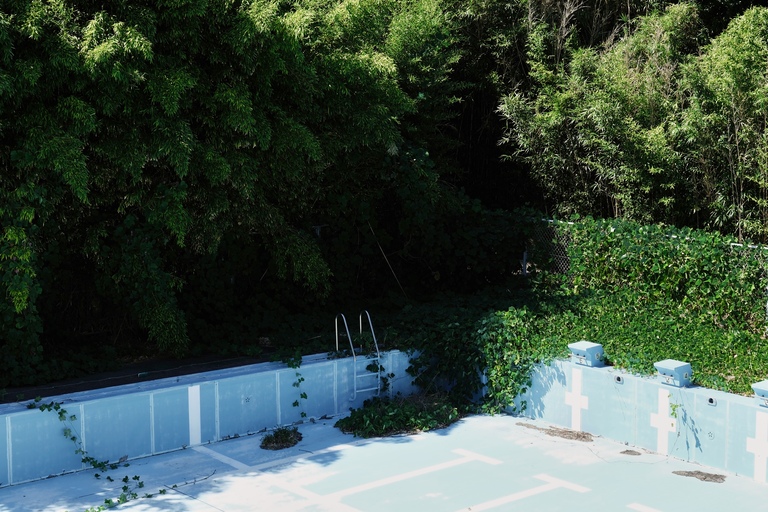
Exploring ei-to, I discovered thoughtfully crafted items such as kapoc brand’s aprons, island-made clothing, and eco-friendly products like zero-waste basket bags. These items showcase the facility’s commitment to sustainable craftsmanship. Recycled art pieces, such as art lamps and flowers, further highlight their innovative approach to giving new life to materials.
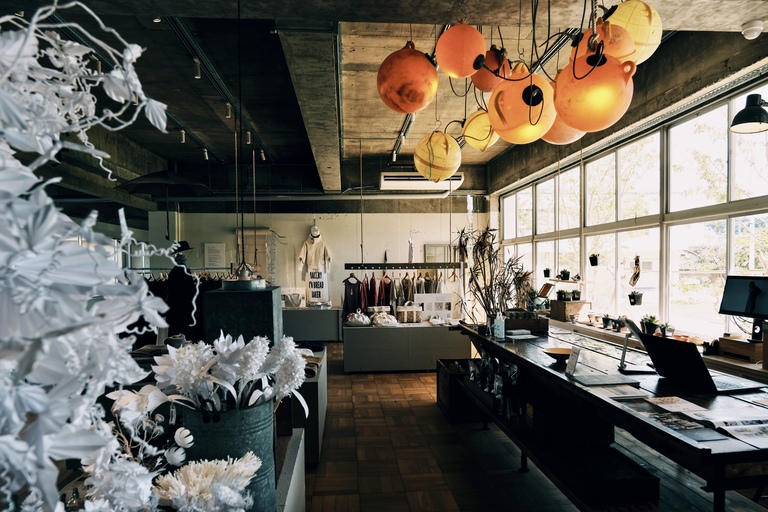
One of the shops with designer clothes
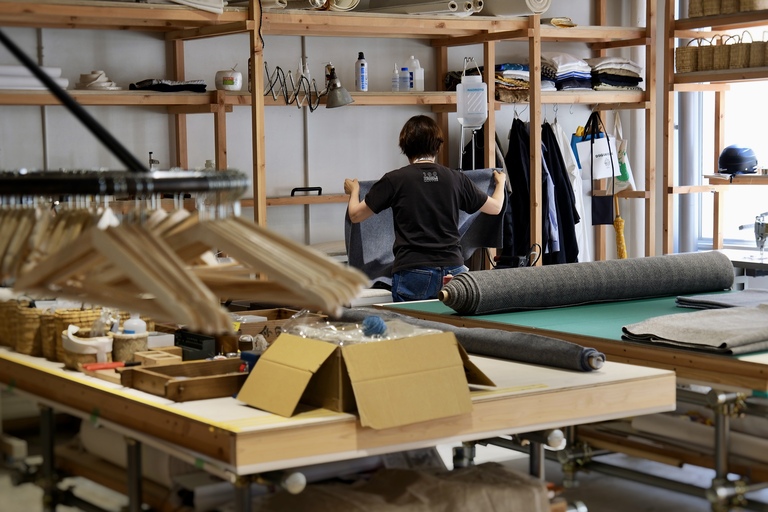
You can see the process of making clothes right in front of yout eyes
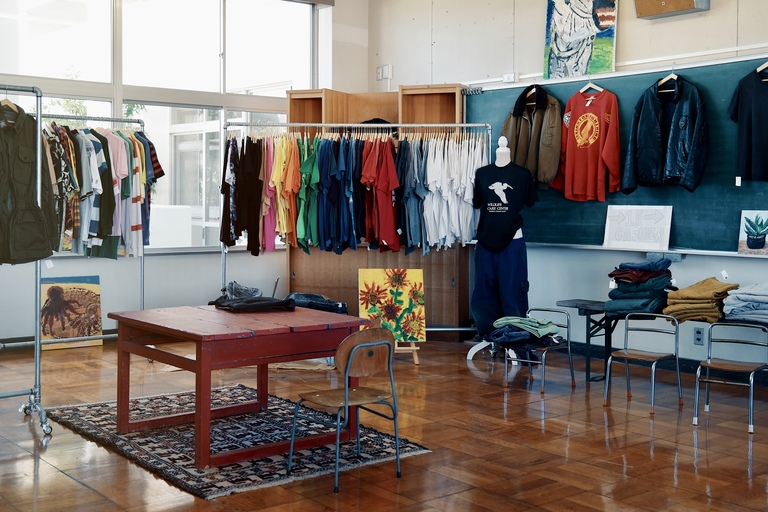
A Second-hand shop too!I couldn’t resist purchasing a few items, knowing they were beautiful and created with care and sustainability in mind.
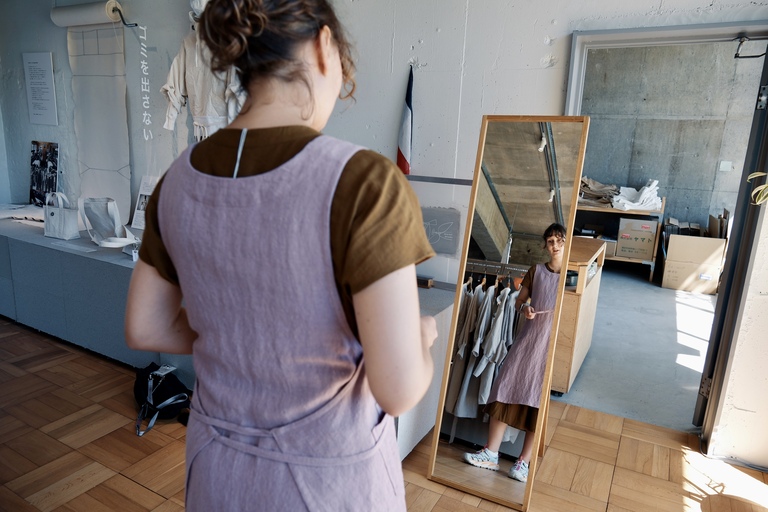
After browsing, I enjoyed a break at Le Premier Café, nestled within ei-to. The café serves freshly roasted specialty coffee and delicious hot toast. The peaceful surroundings and the aroma of freshly brewed coffee made it the perfect spot to relax and recharge.
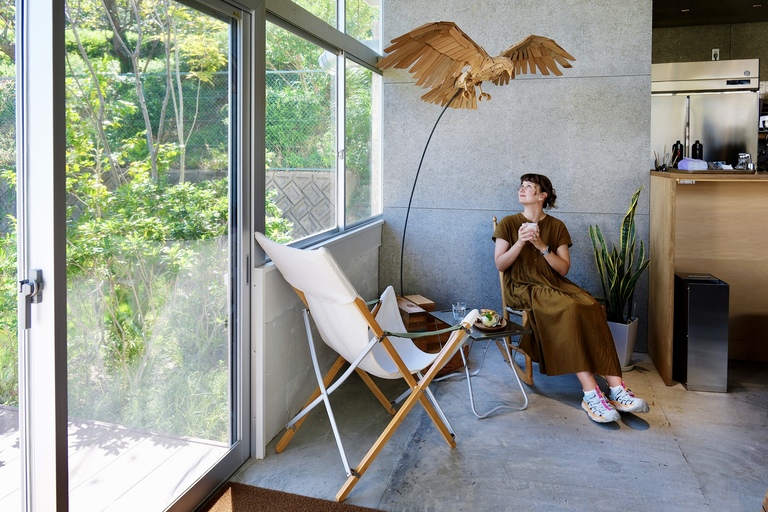
Cozy cafe with great coffee and sandwiches on the first floor
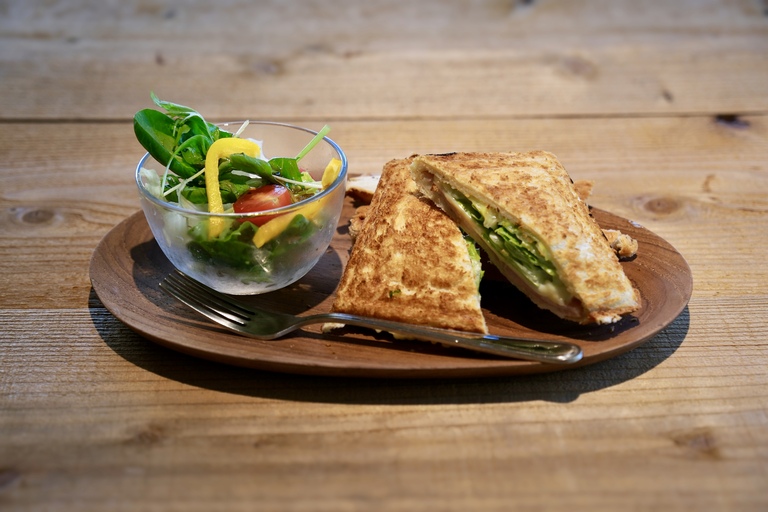
On the second floor is the Ei Museum, which honors the town’s history as an incense hub. The museum features intricate dioramas of local incense stick factories and shipping activities of incense stick created by a local elder who remembers the town’s heyday.
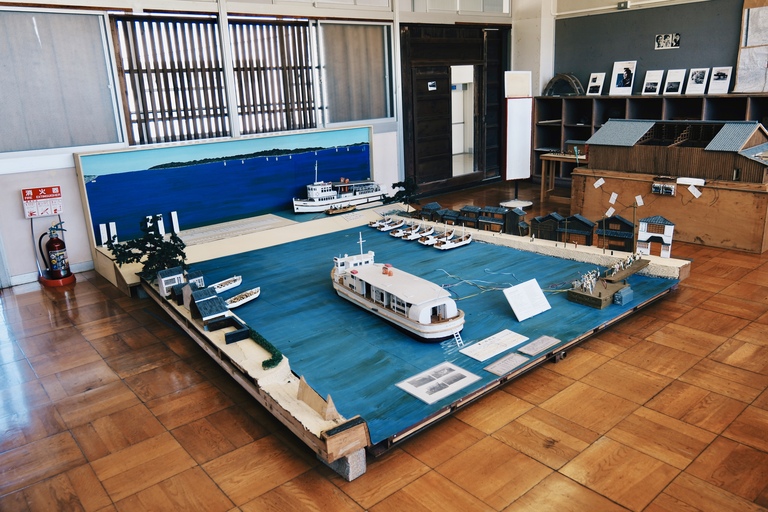
Part of the Ei Museum

Peeking into the carefully crafted houses
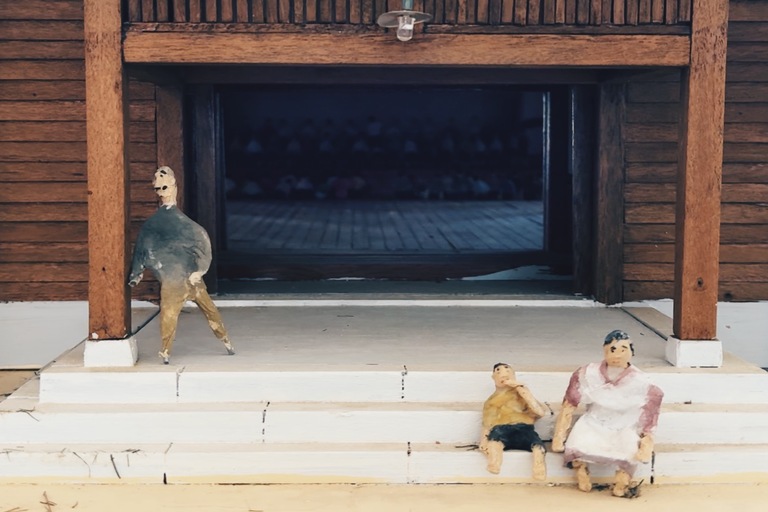
The intricately crafted scennes offer a glimpse into the past
Conclusion
Awajishima is not just a beautiful island; it’s a place where Japan’s incense-making heritage and cultural traditions come to life. From the tranquil Kareki Shrine, where the story of Japanese incense began, to the expert craftsmanship at Awaji Baikundou Ei Factory, the island offers a journey into the rich world of fragrance. Despite its proximity to Kobe, it remains a hidden treasure waiting to be explored by curious travelers. I hope my stories spark your curiosity and inspire you to discover Awajishima’s unique charm. Stay tuned as I continue to unveil more secrets of this captivating island!
Date : 2024.11.08.



